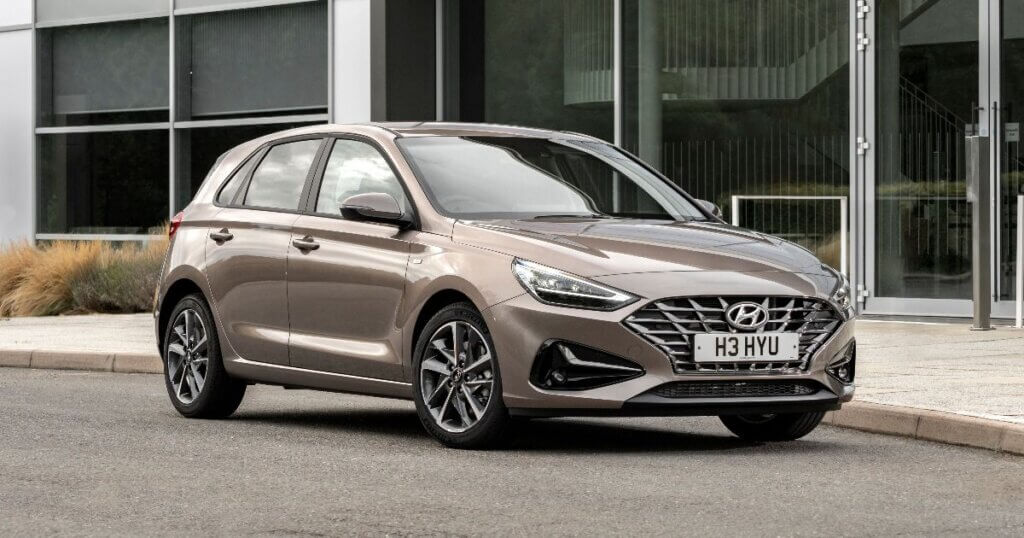Should I buy an automatic car?
An automatic transmission-equipped car features an automatic gearbox. A computer (or in the case of older cars, a hydraulic valve body) handles gear shifting duties.
There are several types of automatic transmission, including torque converter, dual-clutch, continuously variable transmission (CVT) and automated manuals, which are particularly prominent amongst small automatic cars.
Some types also allow you to manually shift gears via paddle shifters. However, the computer or valve body ultimately decides if a shift is to be allowed or not. Also, there’s no clutch pedal to learn and use.
Now, let’s look at why an automatic car can be better in this automatic vs manual comparison. We’ll also take you through some of the cons of automatic transmission-equipped cars.
Pros of automatic transmission cars
Easy to drive
An automatic car is much easier to learn how to drive, as there’s no clutch or gear shifting required. They are the easiest way to get behind the wheel and start driving.
Smooth gearshifts
Most automatic transmissions can shift gears far smoother than many drivers. This offers a better ride experience.
Excellent in traffic
An automatic car is far easier to drive in rush hour traffic, reducing driver fatigue as a result.
Multi-functional
Some automatics offer paddle shifters for manual gear selection, enhancing the driving experience. Furthermore, the computer will protect the drivetrain by not allowing you to make shift choices that could cause damage. Most automatics will also shift up on their own if you approach the engine’s redline while holding a gear.
Cons of automatic transmission cars
Less engaging
Some say that the automatic transmission driving experience is boring, because there’s no proper engagement outside of the brake and the throttle.
More expensive to maintain
Automatic transmissions are more expensive to service and maintain because of their complexity. Problems and issues can be expensive to rectify, too.
Less overall control for the driver
There is less control with an automatic transmission, as it chooses the gears for you. Furthermore, not all automatic transmissions allow you to engage engine braking when travelling downhill. Hence, you will need to ride the brakes which will wear out the brake pads faster.
Rarer (depending on the vehicle)
If you’re looking for a small, older car, or even a classic or sports car, you’ll find a limited selection here in the UK as most of them came in manual form when new. More recently however, automatics have become much more common as a powertrain option, particularly with the increasing number of hybrid and electric cars.



